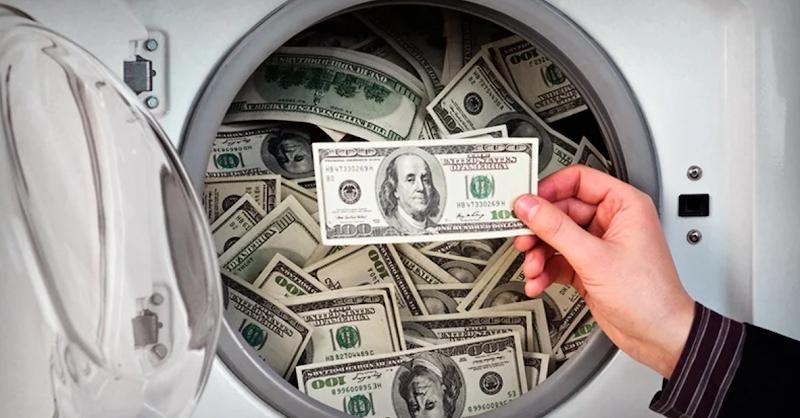Money laundering has been around for centuries, and is a process that is used to disguise the origins of illegally obtained money. It’s a huge problem, and one that costs the United States economy billions of dollars every year. In this blog post, we will discuss what money laundering is, the different stages of the process, and how you can prevent it from happening in your business. We will also discuss some of the agencies that are responsible for fighting money laundering, such as FinCEN and OFAC.
At its core, money laundering is the process of disguising illegally obtained funds so that they can be used without detection. There are three main stages to this process: structuring, layering, and placement.
Structuring involves breaking up large sums of money into smaller transactions to evade reporting requirements. This might involve making multiple cash deposits just under the threshold for a CTR or using other methods to minimize the amount of financial information associated with each transaction. A CTR is a report that financial institutions must file with the government when they process transactions over a certain amount.
Layering is the next stage in the process, the laundered funds are moved through various complex financial transactions in an attempt to hide their true origin. This may involve moving money through shell entities in different countries or investing it in real estate or other assets that are difficult to trace.
Finally, placement is the stage where the laundered funds are integrated into the legitimate economy. This may involve wiring money to another account, purchasing luxury goods or services, or investing in other assets.
To prevent money laundering in your business, you should implement a robust AML compliance program that includes measures such as conducting Series 7 exam prep training for your employees and monitoring transactions for suspicious activity. You should also be familiar with reporting requirements like the SAR and CTR forms, as well as agencies like FinCEN and OFAC that are responsible for investigating money laundering cases. SAR and CTR forms are important tools in the fight against money laundering, and any suspicious activity should be reported immediately to the relevant authorities.
FinCEN and OFAC are just two of the many government agencies that are working to combat money laundering and protect businesses and consumers alike. They work closely with financial institutions and businesses to help identify and investigate suspicious activity, and they have a range of tools and resources available to support these efforts. They use a Specially Designated Nationals and Blocked Persons (SDNs) list, which contains the names of individuals and organizations that are known to be involved in money laundering or other financial crimes.
Whether you are a small business owner or a financial institution, it is crucial that you understand the risks associated with money laundering and take steps to prevent it from happening in your organization. With the right AML compliance program in place, you can help protect yourself, your employees, and your customers from this costly crime.
If you’re studying this information for the Series 7 exam, know that there are many other topics that will be covered on the exam. Thankfully, Achievable offers Series 7 questions free to prepare you for the Series 7 Exam. With Series 7 exam prep resources from Achievable, you can feel confident and prepared as you take on this important industry certification. So why wait? Start your Series 7 exam preparation today!
